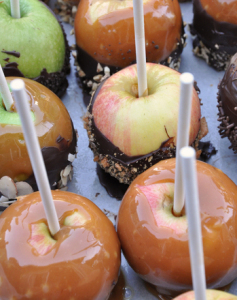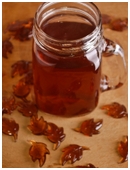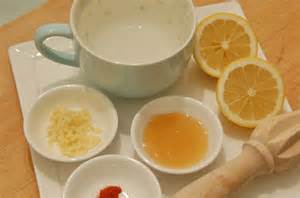Planning Family Time
Busy families everywhere are settling into the school year. September is a time for everyone in the family adjusting to new and often hectic schedules, routines and activities. Here are some ideas to help you and your family prepare for smooth running days ahead.
With everyone having different schedules, and needs, it’s important to keep track of everything so that things don’t get lost in the cracks. Preparation and planning again are crucial to a smooth running ship. A few minutes here will save you many headaches.
The Family Calendar and Bulletin Board
For those of you who like to have the written calendar in front of you or on the go, there are number of styles to choose from that you can drop in your purse or keep on your desk. For those of us drawn to on line tools, setting up an on line family calendar using sites like Google Calendar may be the way to go. On line calendars like Google Calendar can be accessed from home, work and even phone, and can be shared with and updated by all family members, as well. Time is precious… so is your family and your job. Use available tools to plan your day and your week accordingly, and find time to spare, just for you.
Essential in keeping everyone’s schedule in one place to avoid those double bookings or even worse, forgetting/missing an important event. A family calendar and bulletin board center allows you to keep track of reminders for yourself, due dates, parents’ night, etc. Using a different color pen for each person’s obligations is a good way to catch your eye and help the younger ones to know their schedule. Keeping a family calendar up-to-date will not only help you stay on top of things.
Make Family Time a Priority by Scheduling it into the Family Calendar
Give it the attention it deserves! When you make a doctor’s appointment, it always gets written on the calendar. Well, your family is just as important, and sometimes you may simply need to schedule family time into your week and mark it on the family calendar to make sure it happens. Time passes quickly and if you don’t plan time to share with your family, it will continue to speed by and you will have lost opportunities to build and strengthen your family bond.
Some Tips:
Your children need to know you value them and that your time with them is a top priority for you . You make kids feel valued by spending regular time with them.Of course, with busy and sometimes conflicting schedules of family members, time together is not always easy to come by. One way to ensure that you and your children spend time together is to block out time on your daily and weekly calendars to be with them, just as you would schedule a meeting with an important client. Some families set aside a regular time each week for family get-togethers. For example, keep Sunday afternoons free for family outings, day trips, hiking, going to movies, a dinner out and the like. It will help you stay bonded together.
You might want to designate one evening a week as family night. Explain to your children that this is a time for family activities and conversation. Plan to feature something interesting each week. It might be miniature golf or a baseball game; other times it might be an evening at home with games and popcorn.
Carefully evaluate your family activities. Simply wandering around a shopping mall as a form of family entertainment on weekends can leave everyone feeling unsatisfied and put the emphasis on wrong values. Instead of the mall, substitute active, family-centered activities such as a trip to a museum, a walk in the woods or a visit to a park or arboretum.
Family time can also mean getting work done together. Rather than dividing up household chores, let everyone help cook dinner, clean up the kitchen or do yard work, laundry and maintenance projects around the house. Not only will your children get to spend time with you, but they will learn to do new things and observe their parents working.
Remember to also Make Time for Yourself
With all you’re doing, you need a break too! Make sure to set aside time on the calendar for YOU. What hobbies or things do you like to do? What gives you a little extra boost? Perhaps it’s a walk on the beach, a scrap-booking class, or an undisturbed soak in the tub. Whatever you do, just do it! Remember the age-old saying – “If mama ain’t happy — nobody is.”
Take a look at your schedule. Make sure that you pencil in time for “quality of life” things with your family, as well as for yourself. A few minutes of preparation will go a long way in terms of maintaining connections and fun along with all the other tasks of life. So, plan them out, put them on the family calendar and JUST DO IT!

Kate is the founder of Learn and Grow Books, which is a website for parents and teachers of pre-K children.








